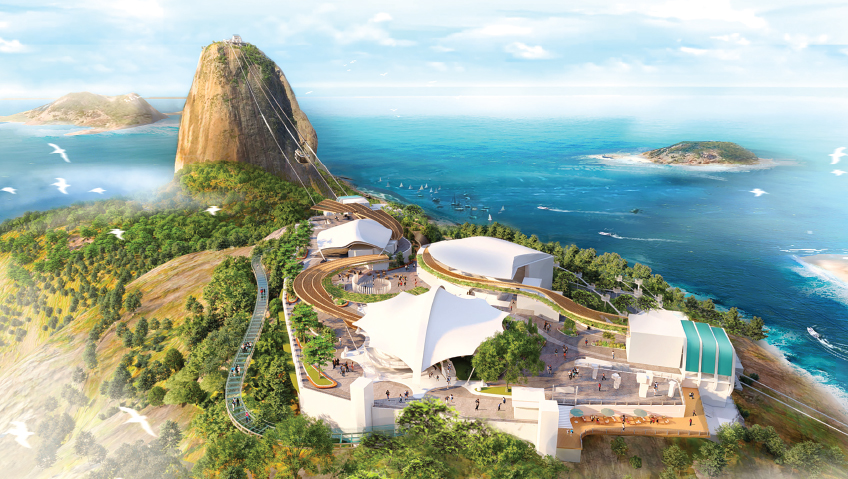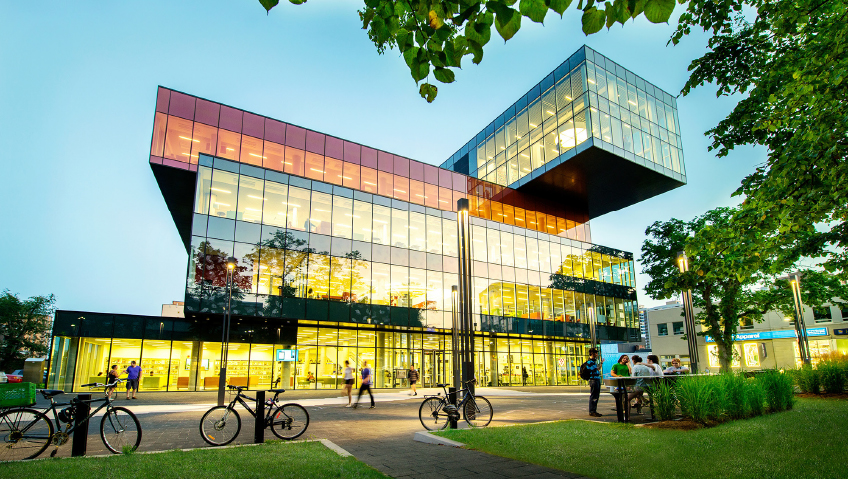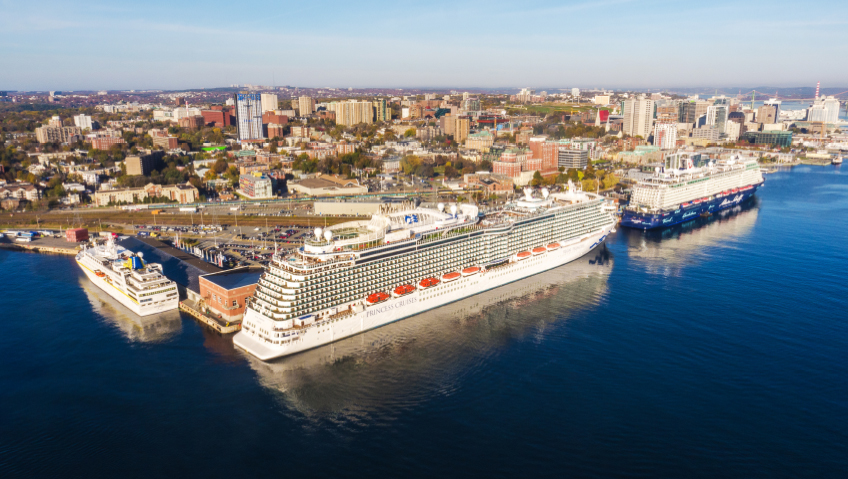A far cry from the 1960s days of bare feet, daisy chains, and peace signs, the time of COVID-19 more recently highlighted one ideal of the flower power era—the human need for meaningful togetherness.
What took its place, in the isolation of lockdown—intra-personal networking online—has become essential for doing business today.
But, revolutionizing as this has been to free enterprise the world over, we found that even the most sophisticated online conferencing can’t really cut it when it comes to the personal bonds that develop when people meet face-to-face.
And if so, does the isolated, perpetually online home office pose valid questions about the future of conference centres?
The answer seems to be no. While many in the business world think that it’s been permanently changed by platforms like Zoom which enable people to collaborate online with some sense of togetherness, the pre-COVID business customs of face-to-face everything, from collaboration of teams to conventions and congresses, are re-establishing themselves regardless of such technology.
As a result, cities must now re-consider how best to approach the running of their multi-purpose convention facilities as profitable resources in this new landscape.
This new way of doing things has raised several questions regarding the legitimacy of gargantuan commercial convention spaces. Do they continue to draw tourists and delegates, or are they fast becoming obsolete? And how does revenue compare to the cost of building and their upkeep post-COVID?
Toward the end of 2020, the internet was awash with reports of conference and convention centres risking becoming monuments to unemployment and harbingers of economic struggle. As we know, this came in the wake of the legislation of the time preventing large gatherings of people. With COVID-driven convention and conference losses estimated at well over $30 billion CAD in 2020 in Canada alone, the pressure on operators and local economies of not only keeping these giants going but also surviving without the income they generate has been tremendous.
Research by Destination Marketing Association International shows that nearly 80 percent of the income generated from visitors to such large gatherings is gleaned from accommodation and consumables—specifically food and drink.
Research also shows that financially, stay-over gatherings far outperform the income generated by single-day conference day delegates. Accordingly, the opinion appears to be that keeping such centres alive is of the essence—especially to the local communities who benefit.
So, two-plus years after the first wave of pandemic, while financial reports are not quite at pre-COVID levels, business appears to be picking up, and we seem to be entering the age of the reinvented convention centre.
One of the United States’ prime examples of this new season of economic optimism is Anaheim Convention Center in Anaheim, California. Covering a whopping 1.8 million square feet of exhibition space spread across 53 acres and rated as one of the country’s best, this is the biggest of its kind on the American West Coast.
The facility welcomed its first visitors in 1967, but, with recently completed improvements costing over $189 million USD, this magnificent centre is ready to head into the future in unsurpassed style.
But is this wise, one may wonder? Turning to a feasibility study published earlier this year by the City of Dallas on the Kay Bailey Hutchison Convention Center Dallas (KBHCCD), survival resides in solid financials. Considering the COVID-19 crisis as a “once-in-a-century public health disaster without default or recourse to guarantors,” the facility’s healthy capital reserve of well over $65 million USD proved to be its saving grace for the past two years.
“Convention centers, arenas, and entertainment venues were not eligible for assistance until late in the federal response to the pandemic in 2021. As a result, many event venues struggled financially for approximately twelve to eighteen months,” the report says.
It continues: “This extraordinary event was not associated with the overall viability of the convention industry any more than that of the hotel, airline, and entertainment industries. These are large, vibrant, and growing businesses that were devastated by the pandemic, and all have been bouncing back steadily now that the pandemic is subsiding.”
The City of Dallas mentions access to secure public funding as another resource that buffered it against the looming disasters of the time. “With established and sound funding mechanisms (i.e., financial planning tools and operational adjustments) bondholders and guarantors are better protected.” It also highlights that convention centres are often proven to nearly double local accommodation earnings alongside all the additional services required by visitors.
Another significant expansion is happening at the BMO Convention Centre in Calgary, Canada.
After forty years of welcoming visitors, this centre is undergoing a breathtaking new upgrade that will cost just under $400 million USD. The bill for what will soon be considerably more than 1 million square feet of top international, modern, exhibition space will reportedly be footed in thirds by the Governments of Canada, Alberta, and the City of Calgary—with completion chalked up for 2024.
While it’s uncertain on how fast—and even whether—the industry will recover its pre-COVID glory, what is clear, according to the Centre for Exhibition Industry Research, is that everything is different now. That includes how such large gatherings take place and how business is conducted inside these venues.
As it is, Calgary’s BMO Centre plans a fresh take on retail within its revamped spaces that may very well become the new industry measure for next-generation conference and exhibition spaces.
As humans globally continue to process the aftermath of COVID and its impact, both health-wise and economically, municipalities are rallying to reinvent the future of multi-purpose convention facilities—often in previously unimaginable ways.
Whether or not every such facility will become a post-COVID success story remains to be seen. What is clear is that North American construction leaders, designers, and developers in the industry are not letting the grass grow under their feet. As a result, economics permitting, we are likely to see an entirely resurrected and completely overhauled convention industry develop over the next few years.






